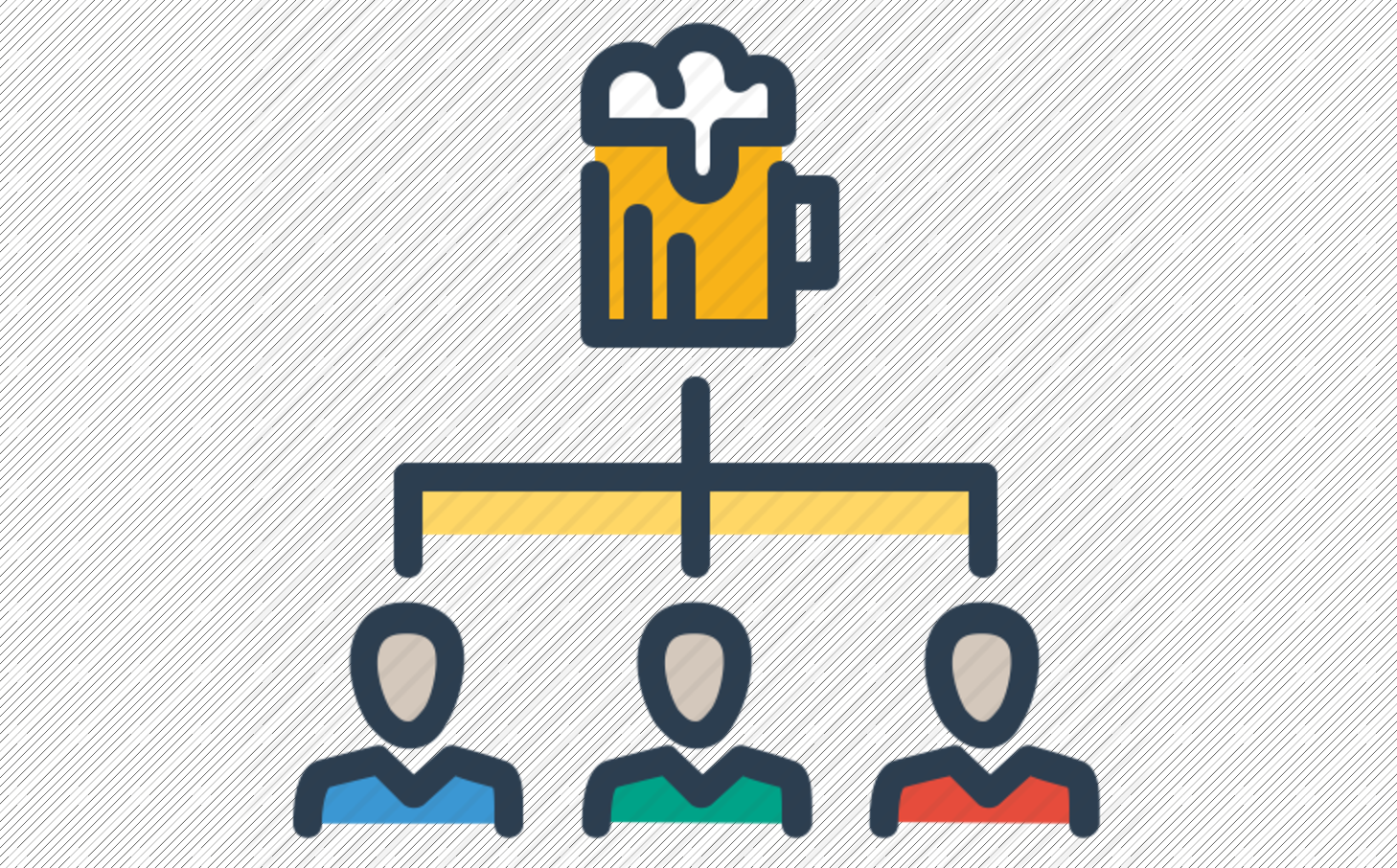
For many employees, the holidays offer a welcome break in routine. But for team leaders, the last few weeks of December put a pin in their team’s productivity.
When so many people take off at the same time, it leaves the few remaining souls at the office with a ton of work on their plates. They need to get more work than usual done, and in less time.
Every second they spend in their typical in-person daily standups/ Email Standups (that would otherwise help them track progress) eats away at time they could be using to pore through their mountains of work.
Frequent checkins are an important part of ensuring individuals are on track to meet their goals and working as a team. But especially when the holidays roll around, managers need to alter how they run standups and create additional support, without sacrificing their employees’ time or autonomy.
Here are some ways to revive your daily standups and simplify your workflow during holiday madness.







